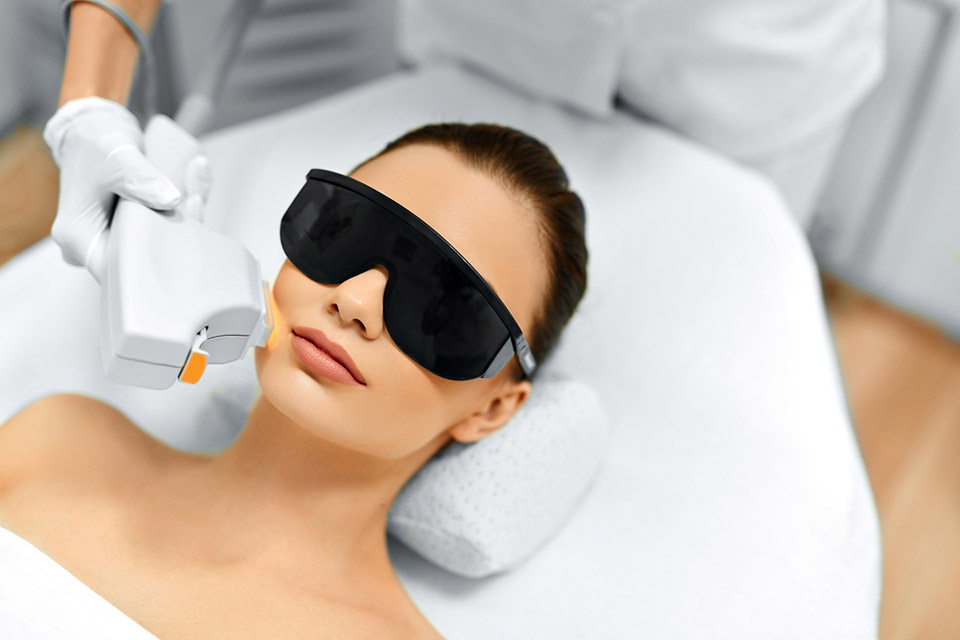If you want to rejuvenate your skin, IPL – Intense Pulsed Light – may be the way to go. While it is often used to treat specific skin problems such as scar tissue, pigmentation or rosacea, the end result always improves the skin, making it look more youthful and brighter. This is because the outer layer of dead skin cells is removed and more collagen is produced, both of which improve the appearance of the skin.
So even though you may not have those problems, you can still have the treatment just to make your skin look younger. It is one option that lasts a long time, although you may need to have more than one treatment. If your budget or time is limited, always be sure to consult your doctor about cost and number of treatments.
Is IPL right for you?
However, not everyone is suited to this kind of skin treatment. Unfortunately, it does not work so well on darker skin tones such as sallow skin. It is more effective on pale and white skin tones. It is best to be guided by a trained and experienced doctor as there are many other options for skin rejuvenation that could suit you better.
IPL skin rejuvenation is not only done on the face or backs of the hands – areas of skin that are visible. It can be done on the abdomen to remove ugly stretch marks so you will be able to wear a bikini without blushing. It can be done on the back to remove pigmentation or scar tissue and it can be done on the thighs or legs, if necessary. It is safe for all areas of the body.
How it differs from laser treatment
IPL rejuvenation is not like the normal laser treatments that have a steady light which penetrates to just one specific depth of the skin. While IPL does use a bright light, that light is pulsing quickly on and off the whole time, meaning that less damage is caused to the surrounding areas. Filters are used in the machine to ensure the light only penetrates to the depth needed. This will depend on the problem being treated.
The importance of aftercare
For simple rejuvenation of the facial skin, the depth is not very deep. However, even though gel is used to help keep the skin from overheating, there will still be some sensation of having been sunburned after treatment is over. It is important then to avoid soaking or showering in water that is excessively hot. You should not sunbake for at least a week after treatment either.
Following the aftercare rules will ensure that you get the most out of your treatment and have none of the side effects that can happen, such as swelling or red dots.

